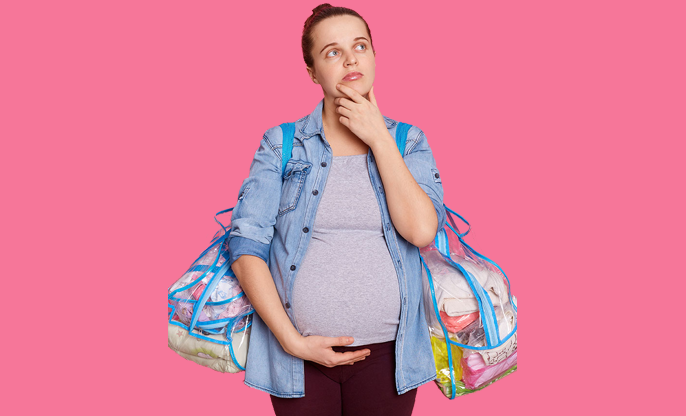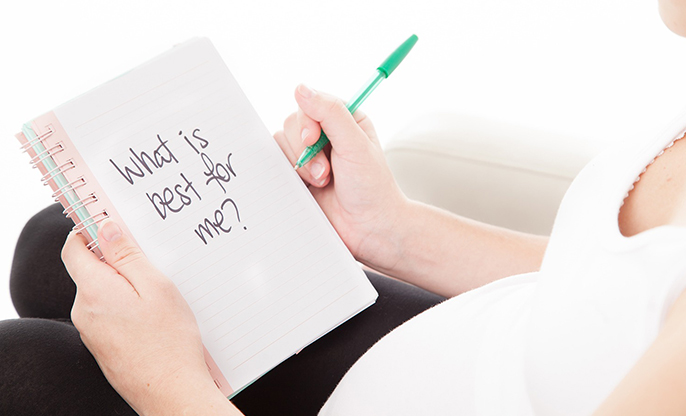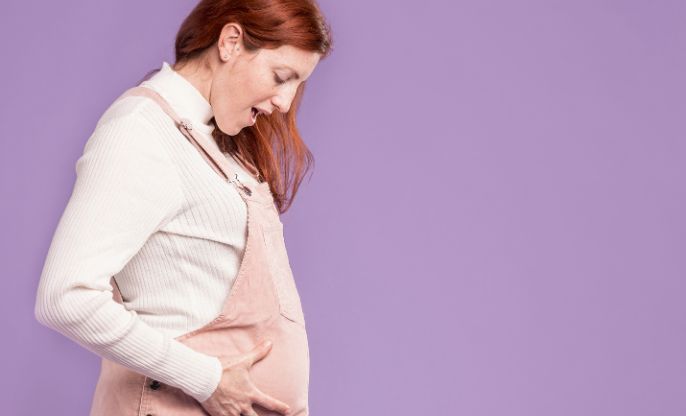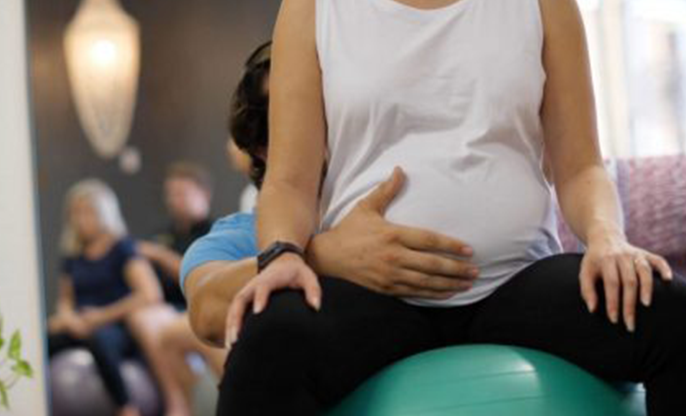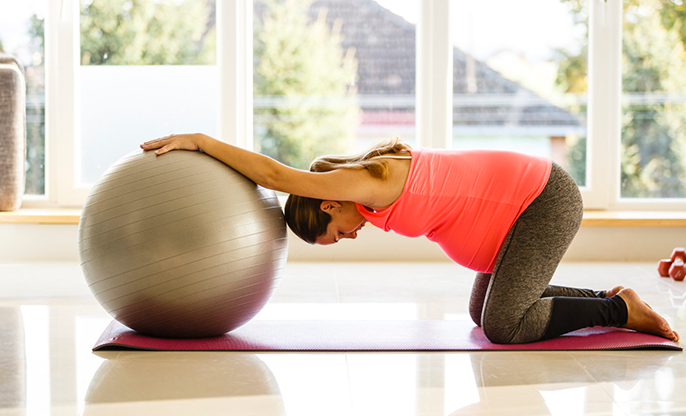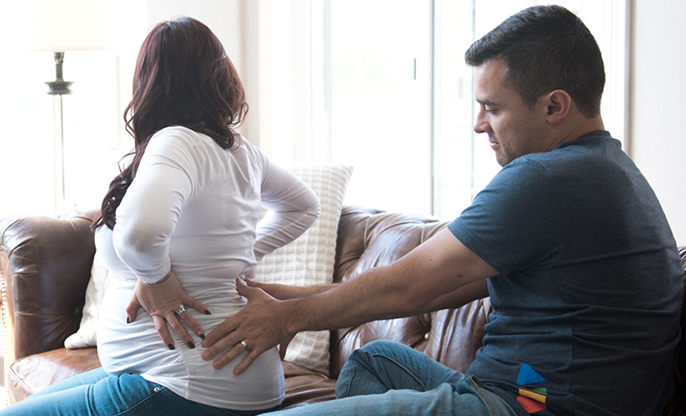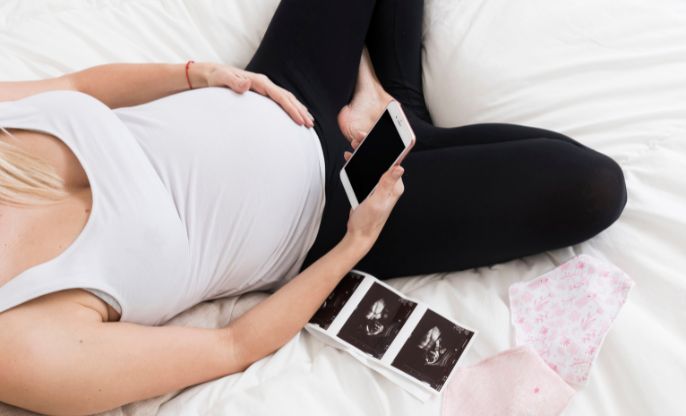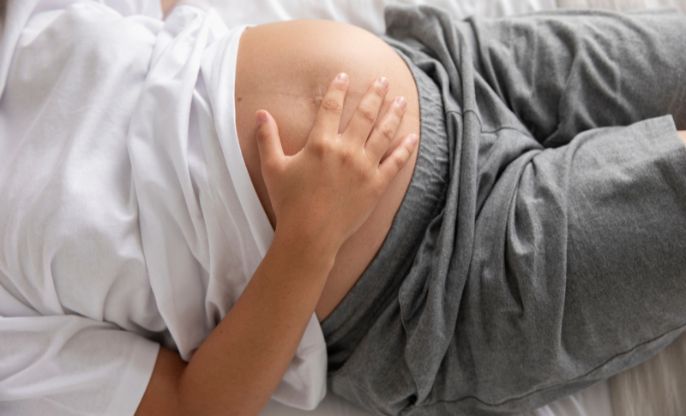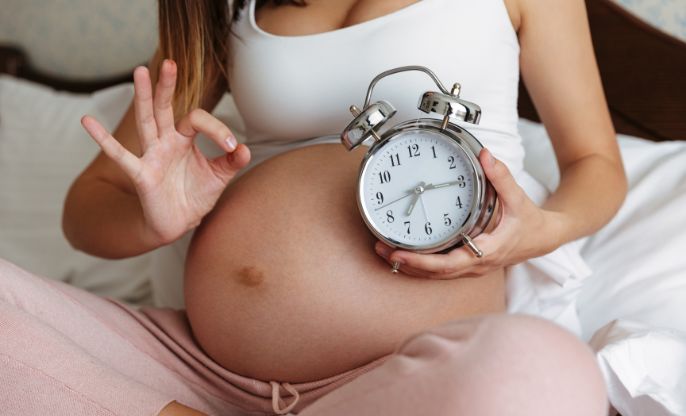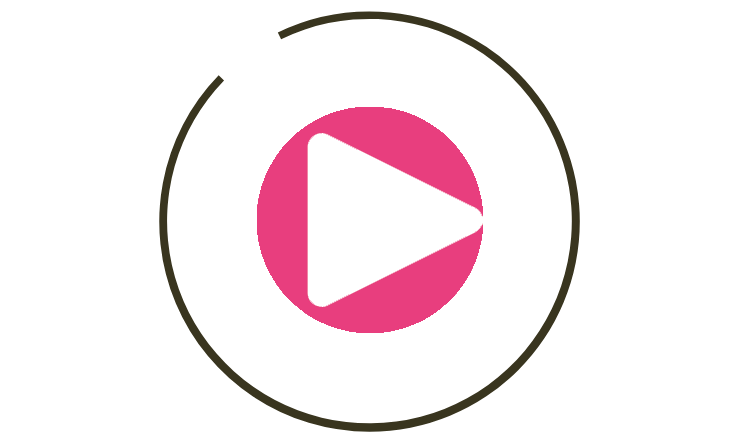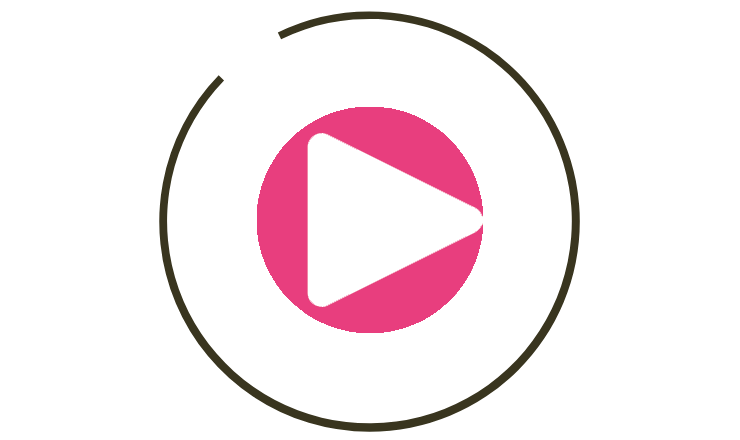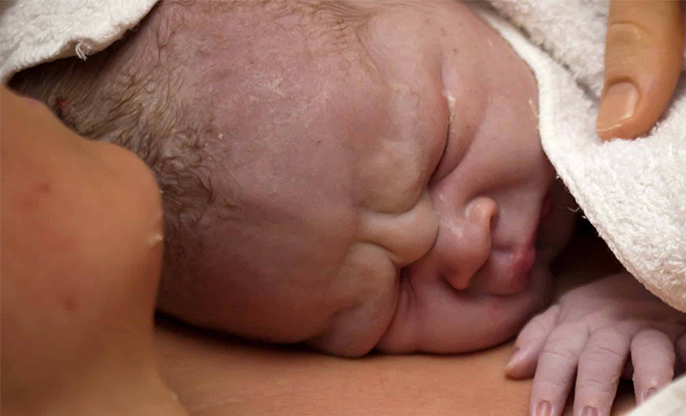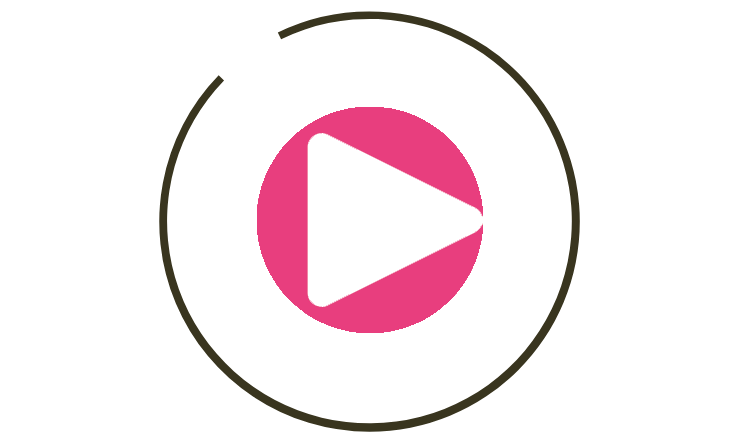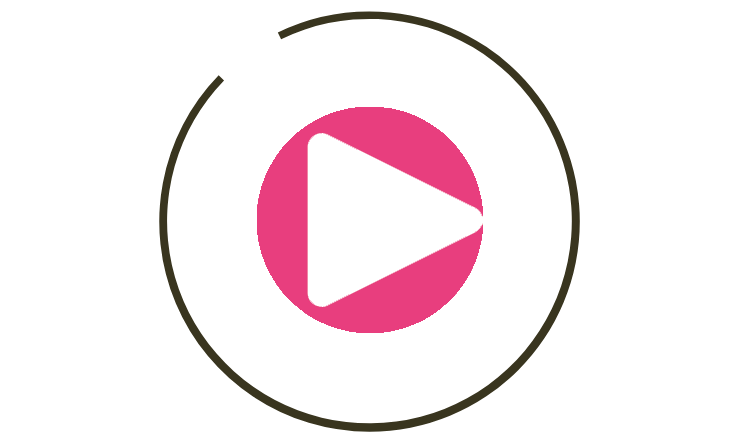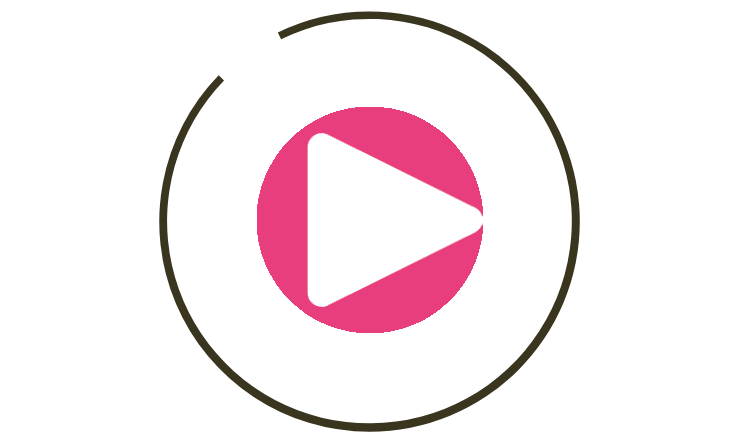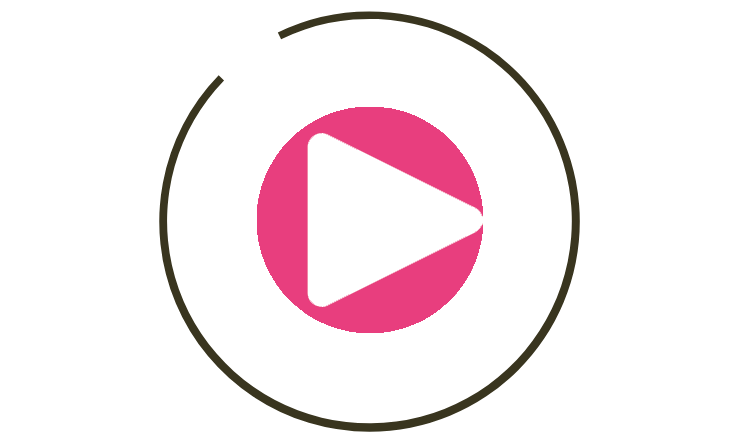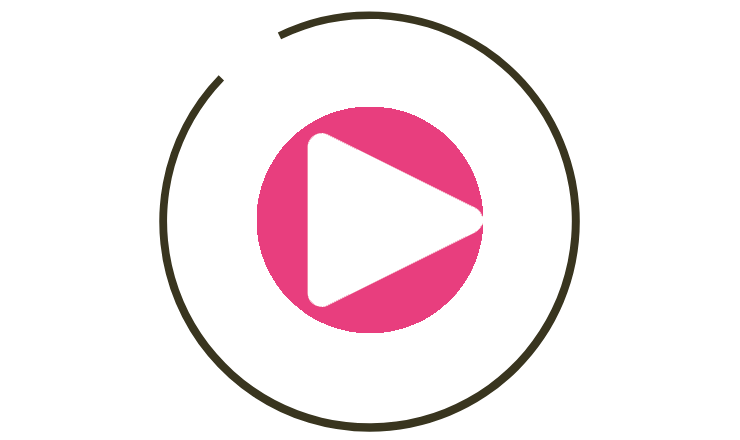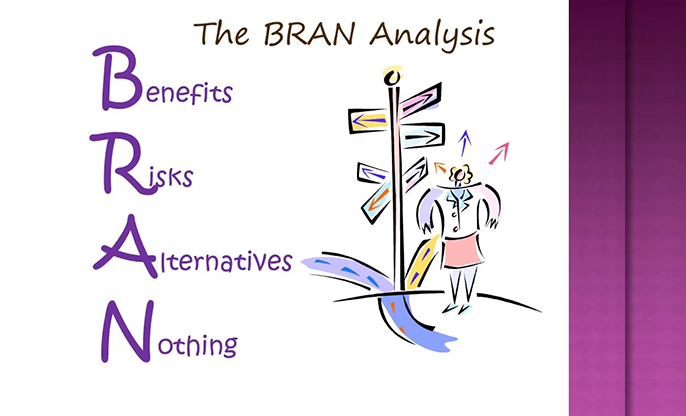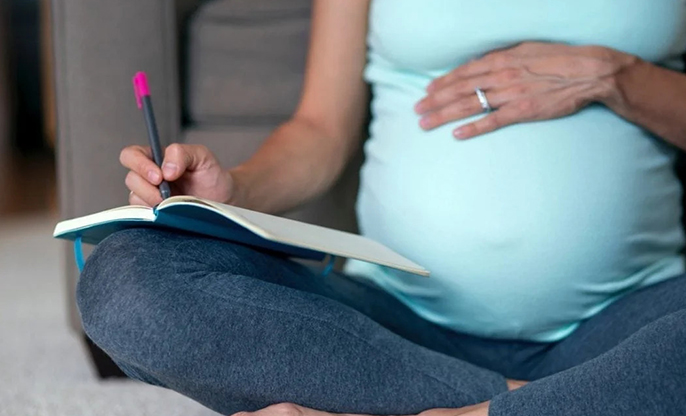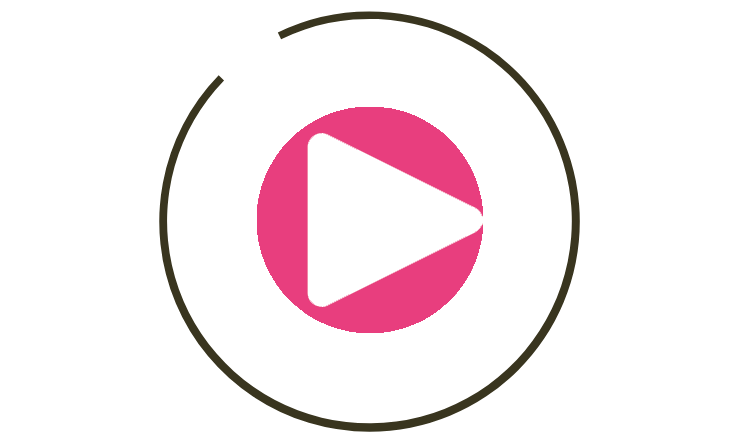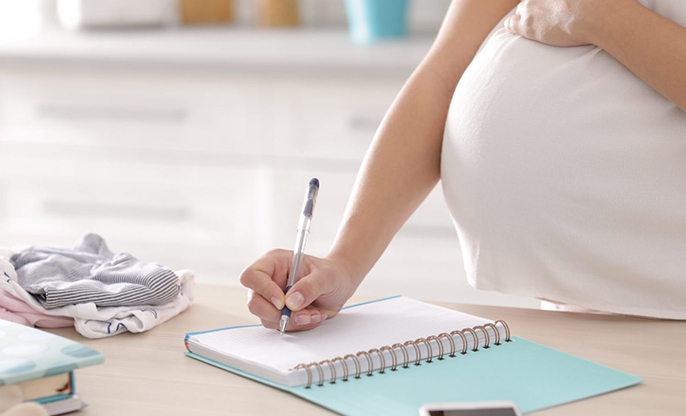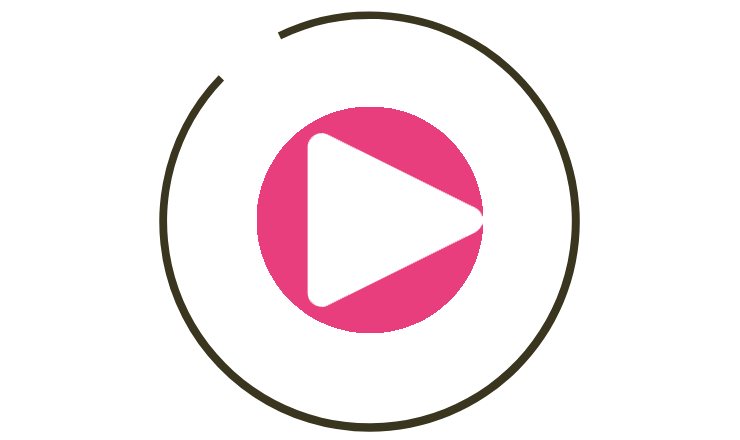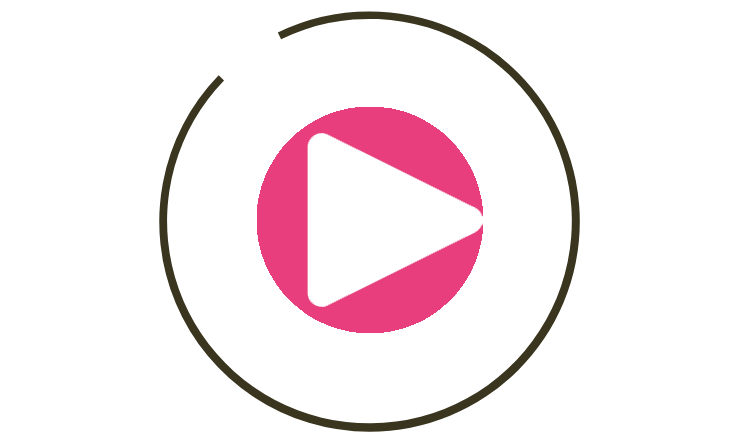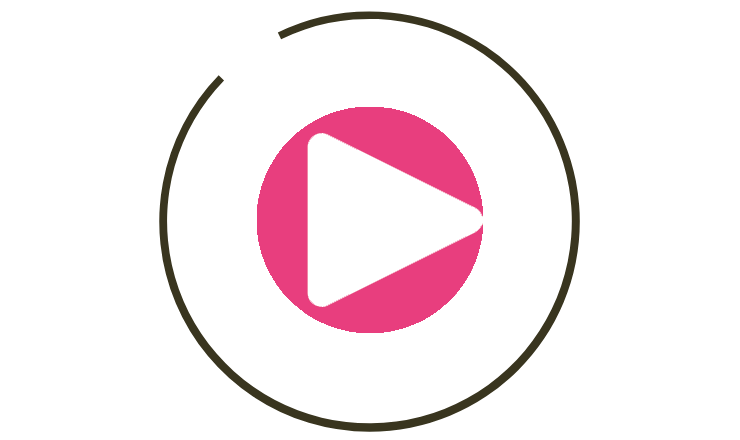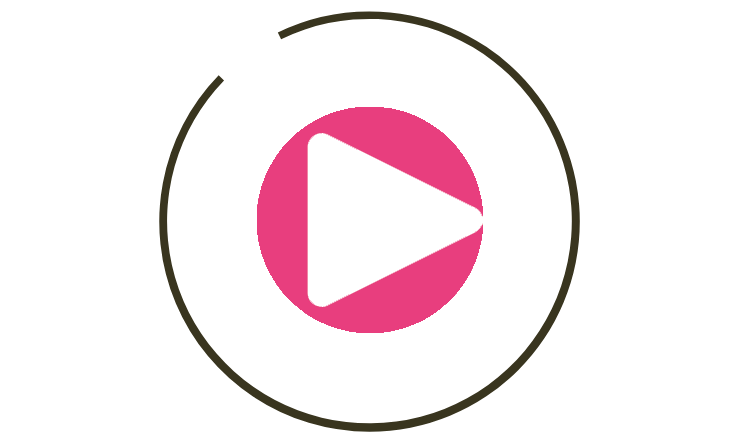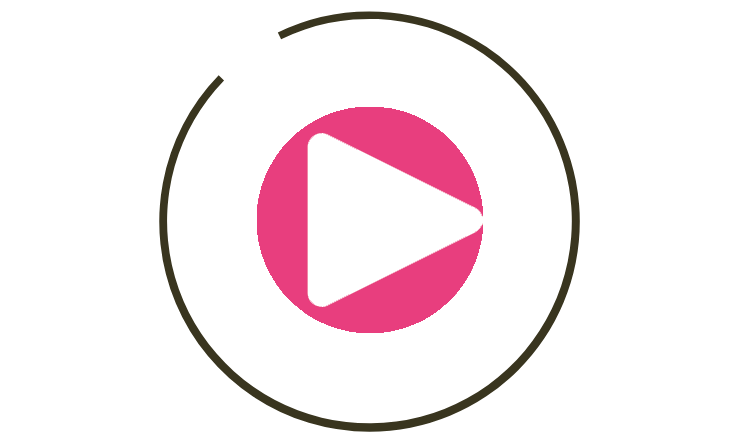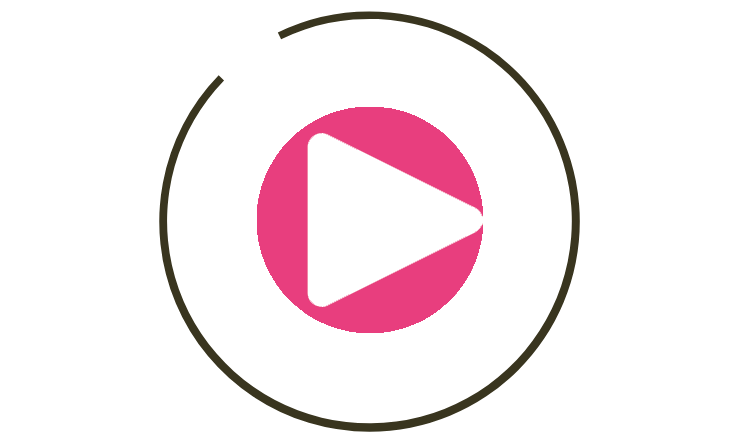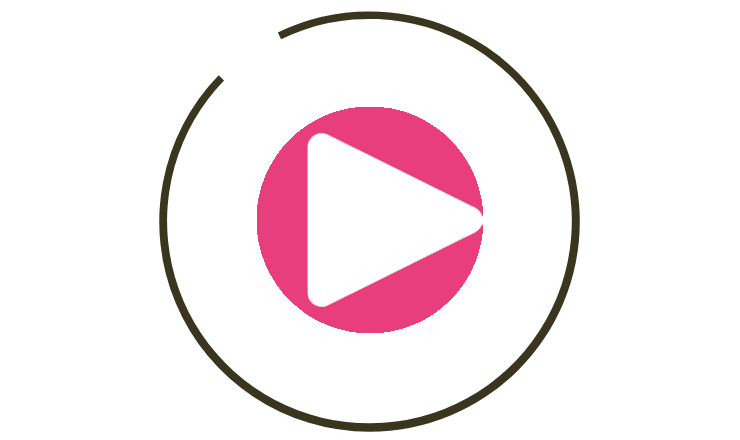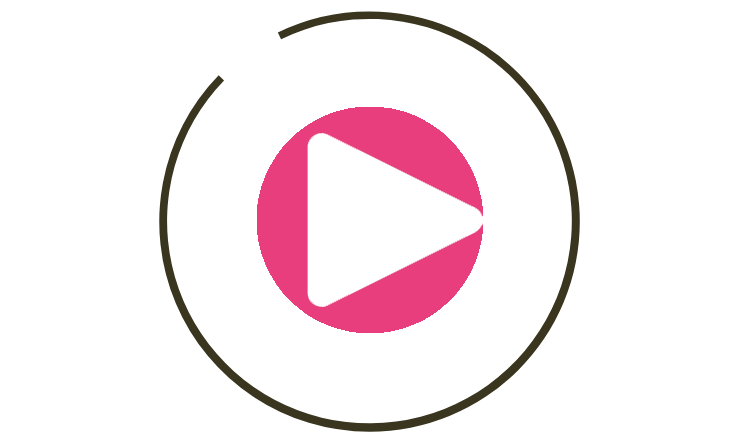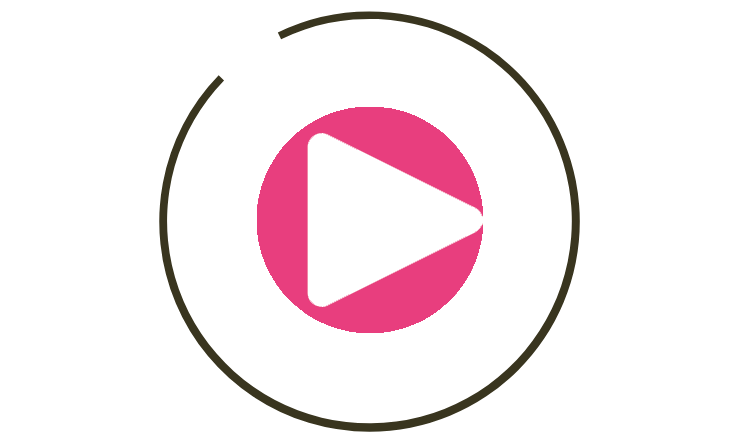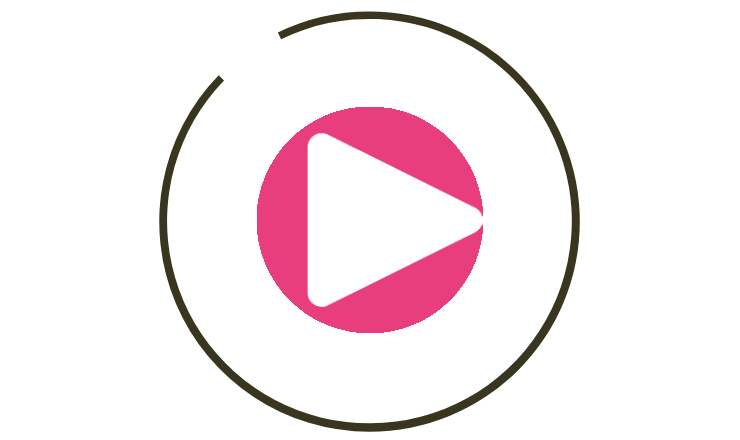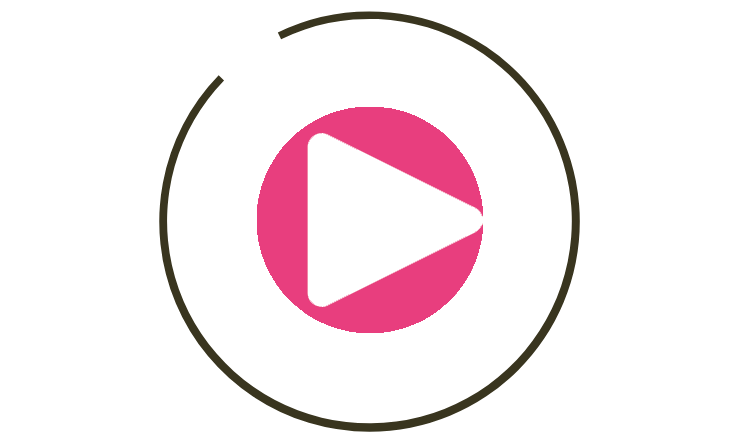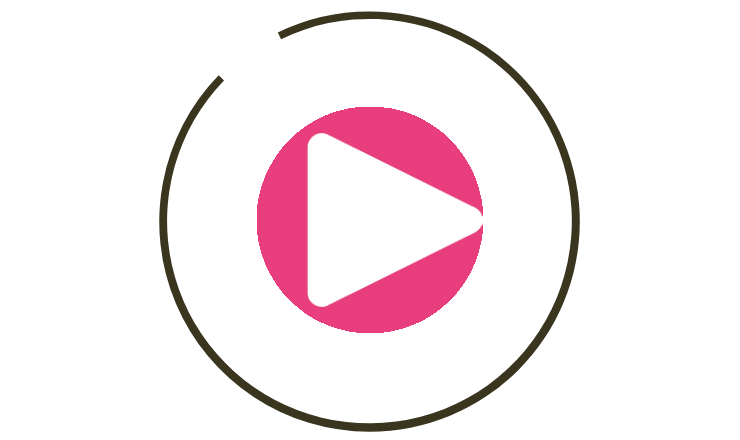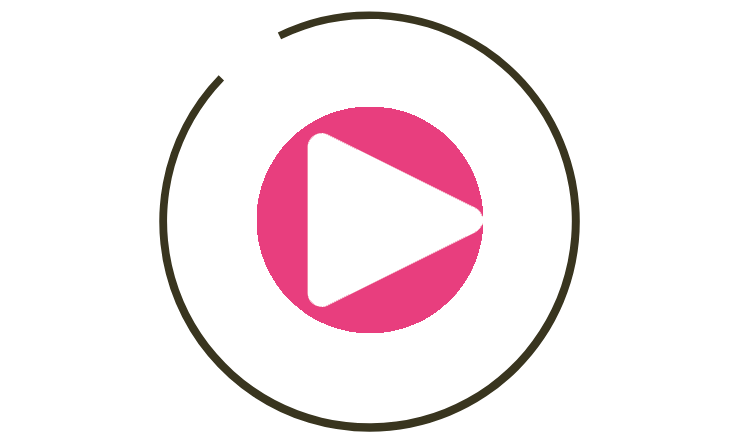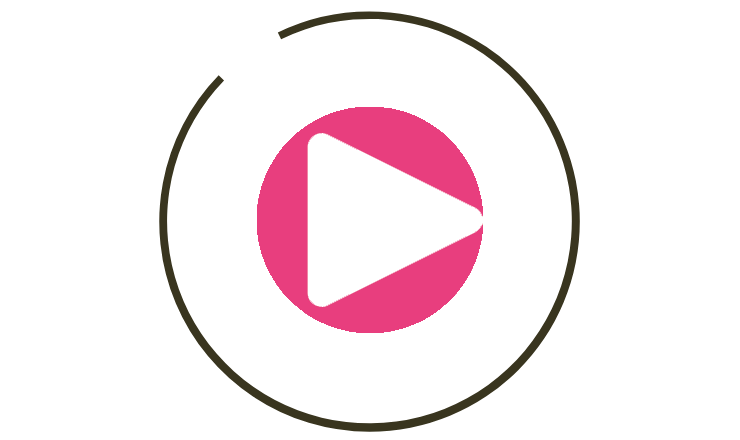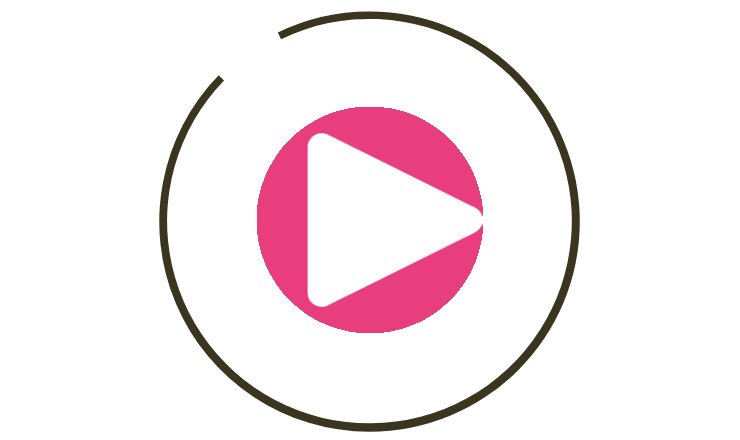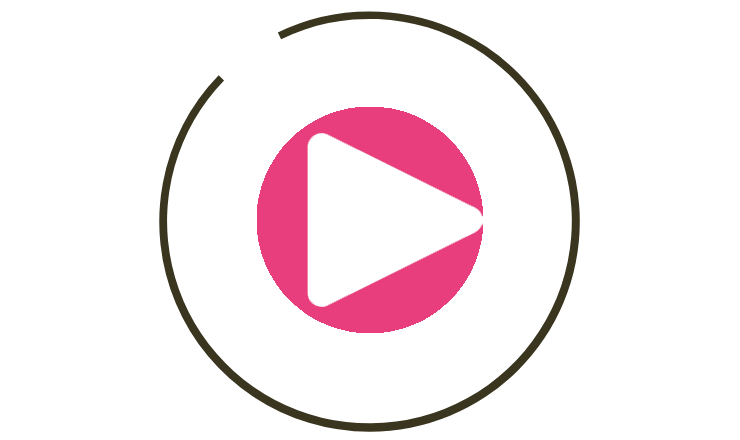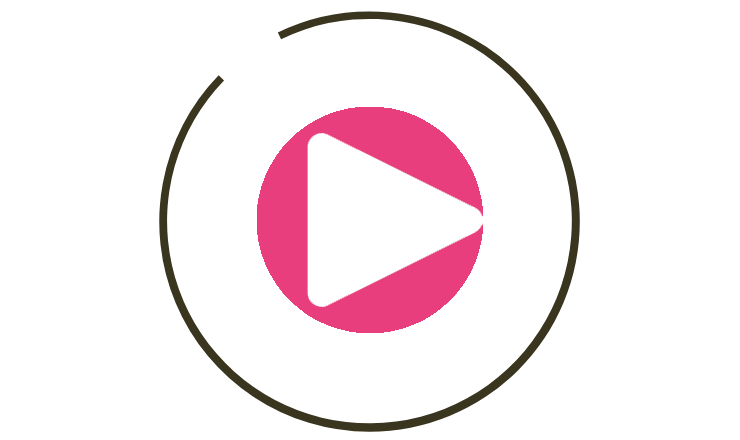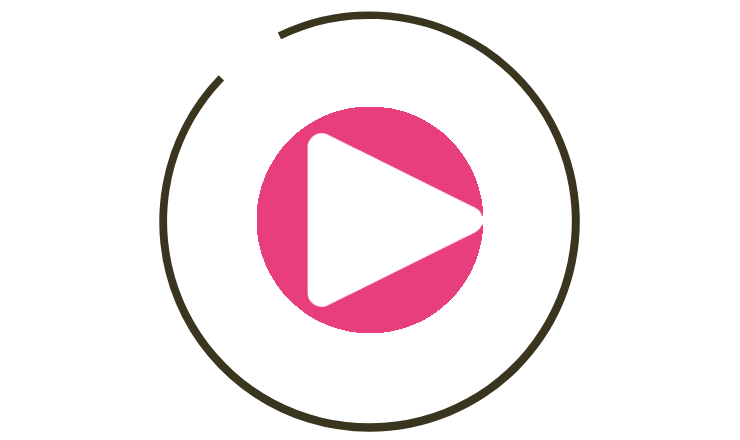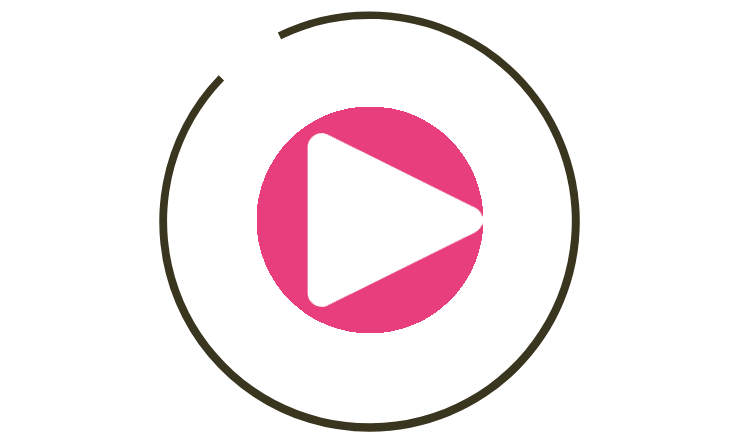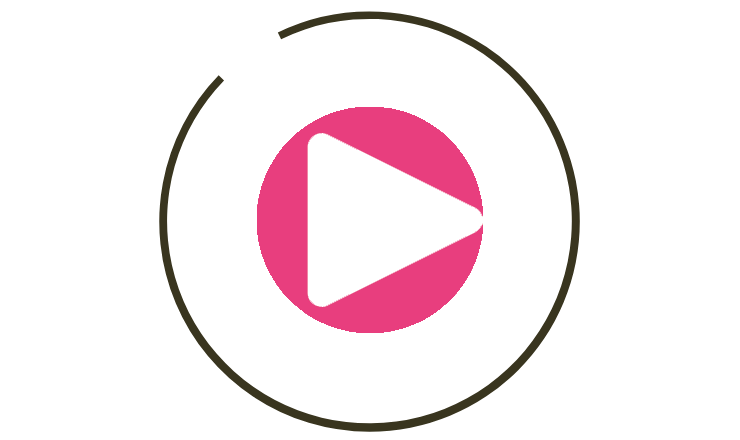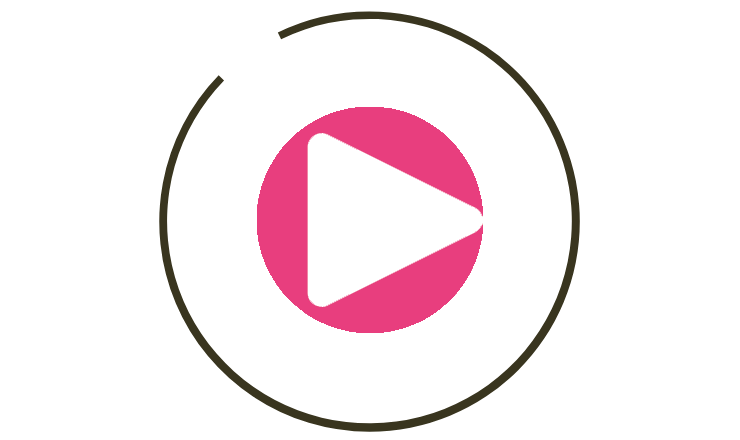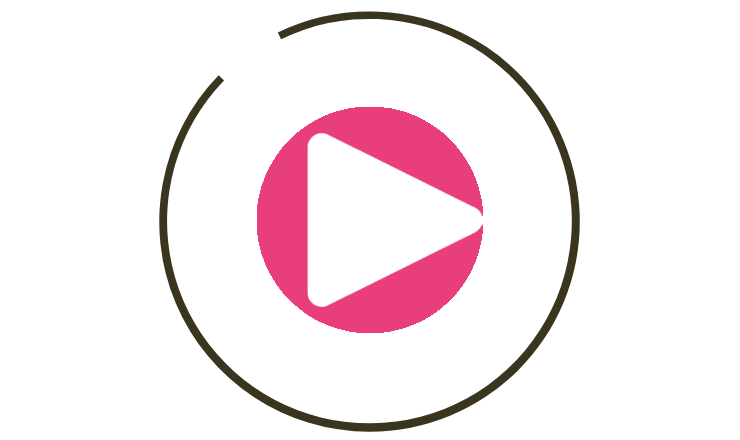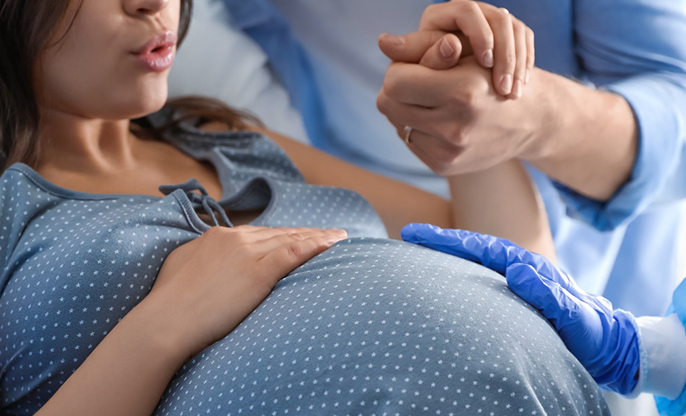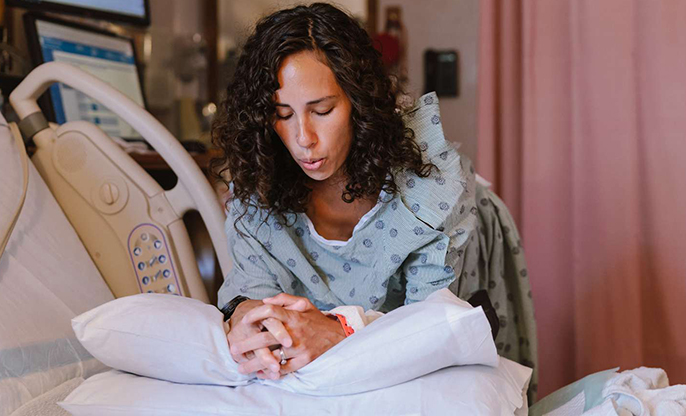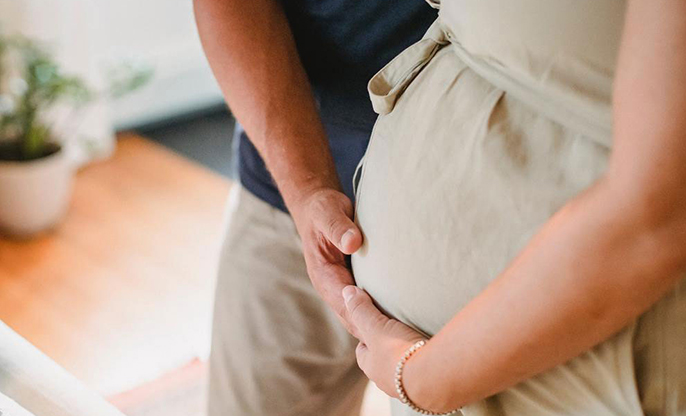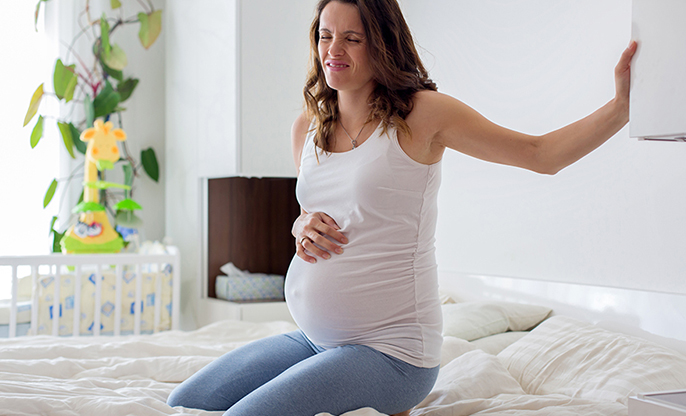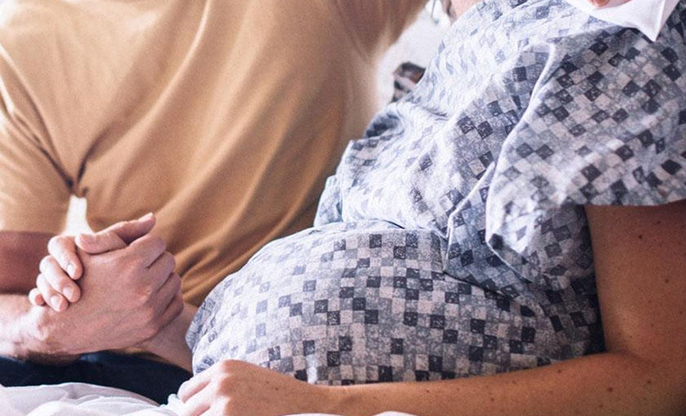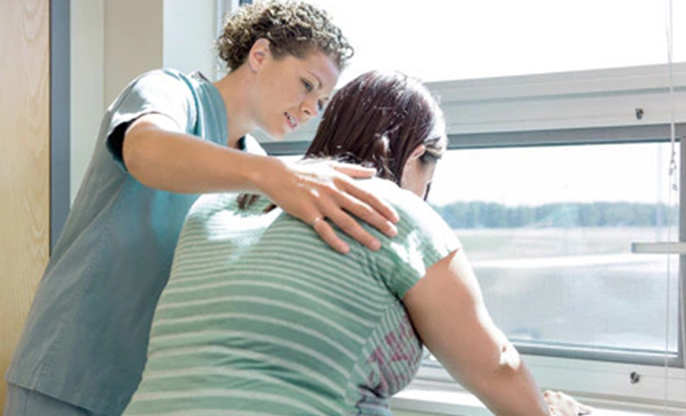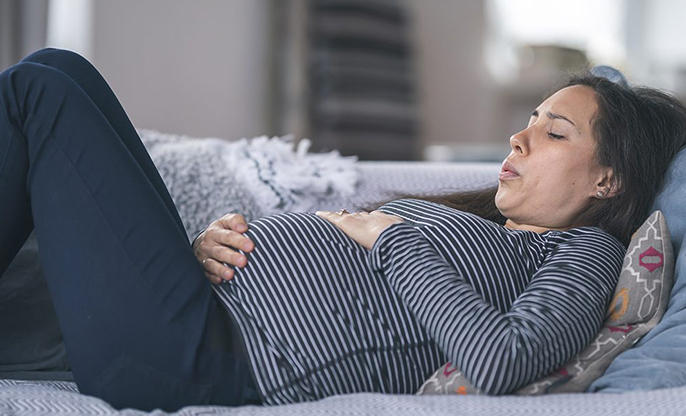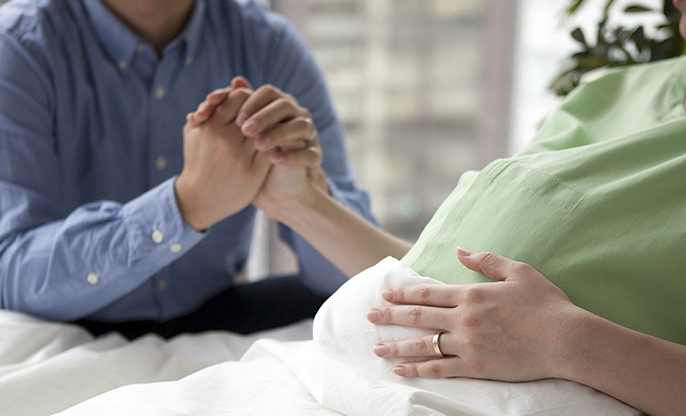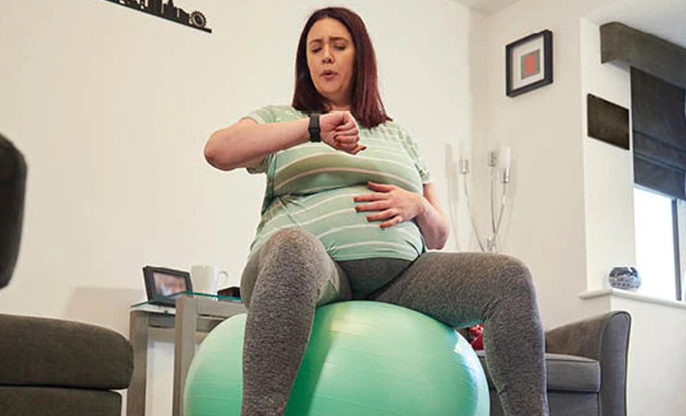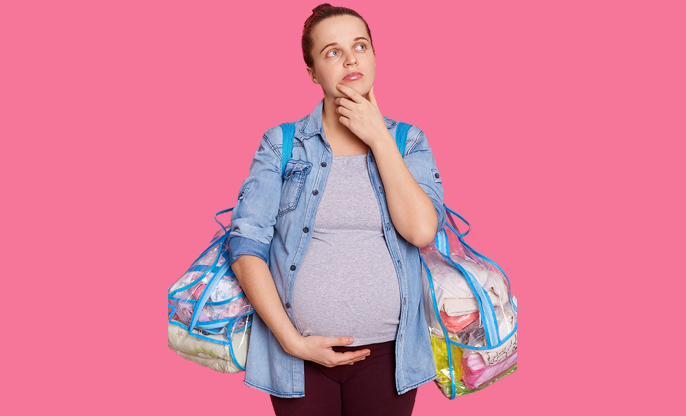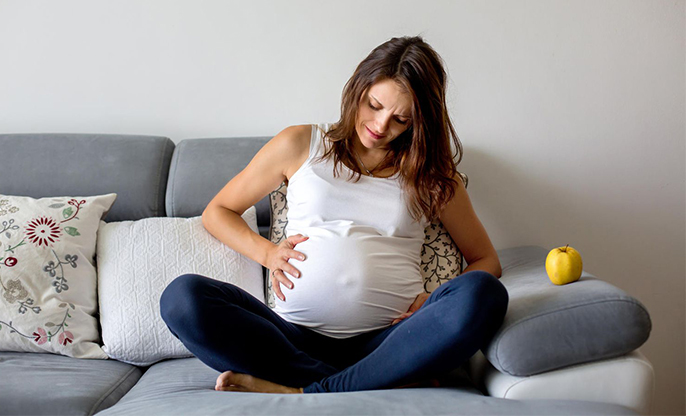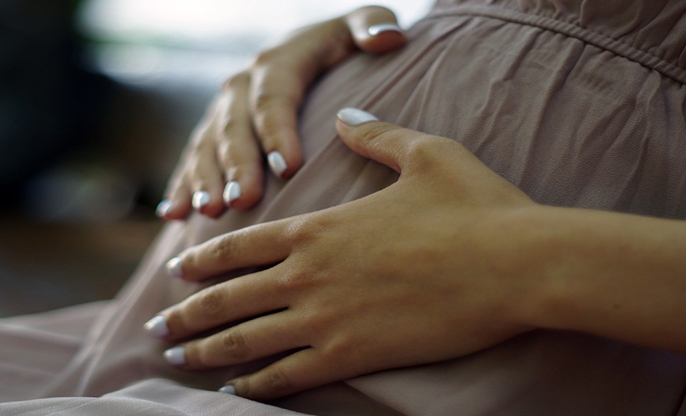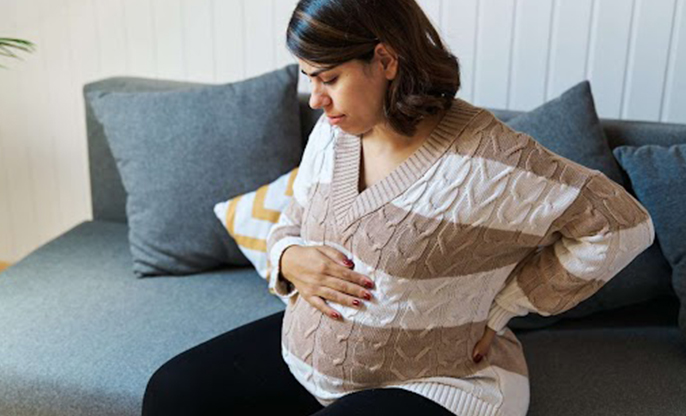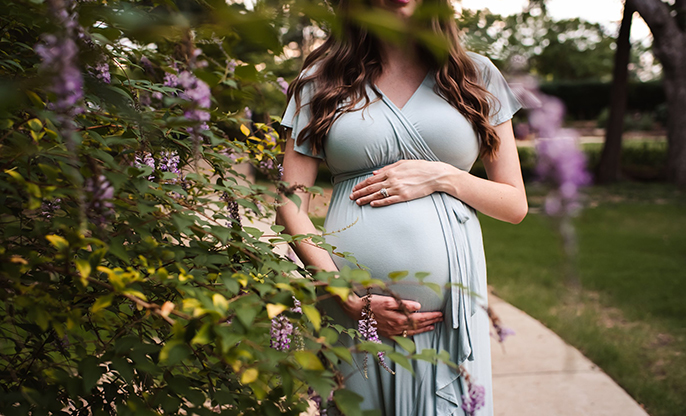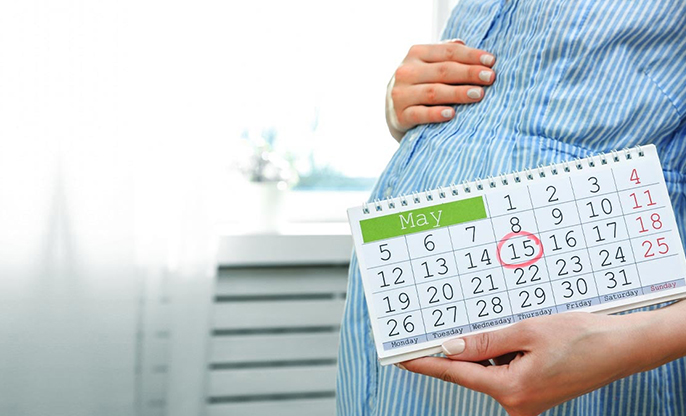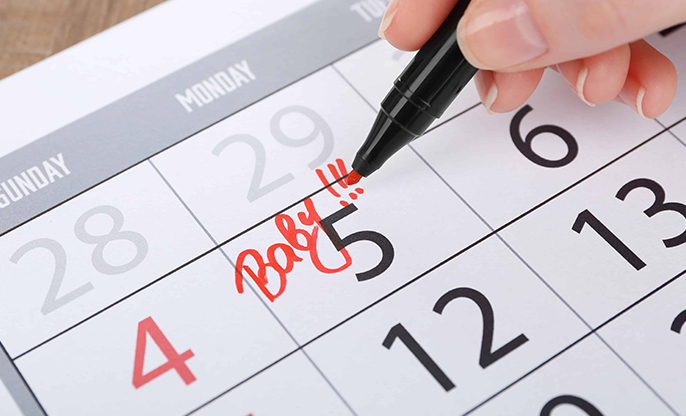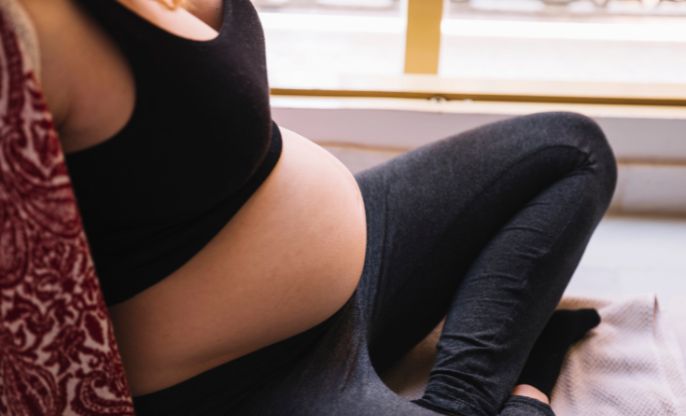
STAGES OF LABOUR
Each pregnancy is different and so is labour. While some women go into labour and deliver their baby in a few hours, others might take days. Theoretically, there are three stages of labour;
First stage
First stage of labour is also known as established labour. This is when your cervix opens (dilates) to at least 4cm and your contractions become stronger and more regular. Your healthcare provider will check how often you are having contractions and offer vaginal examinations.
If your labour is going well, you shouldn't need any more monitoring. If you’re having your first baby, this stage will probably last about 8 to 18 hours. If you’ve had a baby before it may last 5 to 12 hours.
Towards the end of first stage (when the cervix is nearly open) contractions will get even more stronger. This is known as 'transition'; and you may not notice when you’re moving from the first to second stage.
Second stage
Second stage starts when your cervix is fully open (dilated) and the muscles of your womb are tightening and loosening to push the baby down and out. You may not feel an urge to push straightaway, which is called the passive second stage. It becomes the active second stage when you have the urge to push. And it ends when your baby is born.
Every labour is different. But, on an average, once you start actively pushing, you’ll probably deliver within 3 hours if it’s your first baby, and within 2 hours if you’ve had a baby before.
Sometimes, an episiotomy, forceps, or a vacuum device might be used to provide extra assistance when you push and help your baby exit the birth canal. Episiotomy is a small cut that will be made to lengthen your vaginal opening; however, this should not be routinely performed or recommended except for special circumstances.
After your baby comes out, it’s time to cut the umbilical cord. If you or your partner would like to be the one to do this, let your healthcare provider know and he/she will guide you through it. However, NICE guidance recommends that the umbilical cord, which links your placenta to the baby, is not clamped and cut until at least 1 to 5 minutes after you give birth. This allows the blood & nutrients from the placenta to continue being transferred to the baby even after he/she is born!
Third stage
You’re in the third stage of labour when you’ve had your baby but need to deliver the placenta. You can have active management, which means you’ll have an injection that helps you deliver the placenta or you can try physiological management which means that you will deliver the placenta without any injection.
If there is a delay in labour;
You and your baby will be monitored throughout your labour to make sure everything is okay. Sometimes, things don't go according to the plan and labour slows down or there may be problems. You might need help because you’ve been in labour for a long time and you are exhausted. Or your baby’s heart rate might drop and the doctors might want him/her to be born quickly.
If the first stage of labour is slow, your midwife or doctor may suggest breaking your waters (also known as artificial rupture of the membranes) if they haven’t broken already. Having your waters broken doesn't hurt your baby, but it will make your contractions stronger and more painful. It may be worth talking to your midwife about pain relief before your waters are broken.
You may also be offered a drip with oxytocin (a drug that makes your contractions stronger), which will help labour to progress. If you have oxytocin, you should be offered an epidural at the same time. You will also be encouraged to have electronic monitoring, which involves being attached to a monitor that continuously monitors your baby's heartbeat and your contractions. You may also have regular vaginal examinations at this point.
If the second stage of labour goes on for longer than expected, you may be offered an assisted birth. If a vaginal birth is not possible, you will be advised to have a caesarean section.
